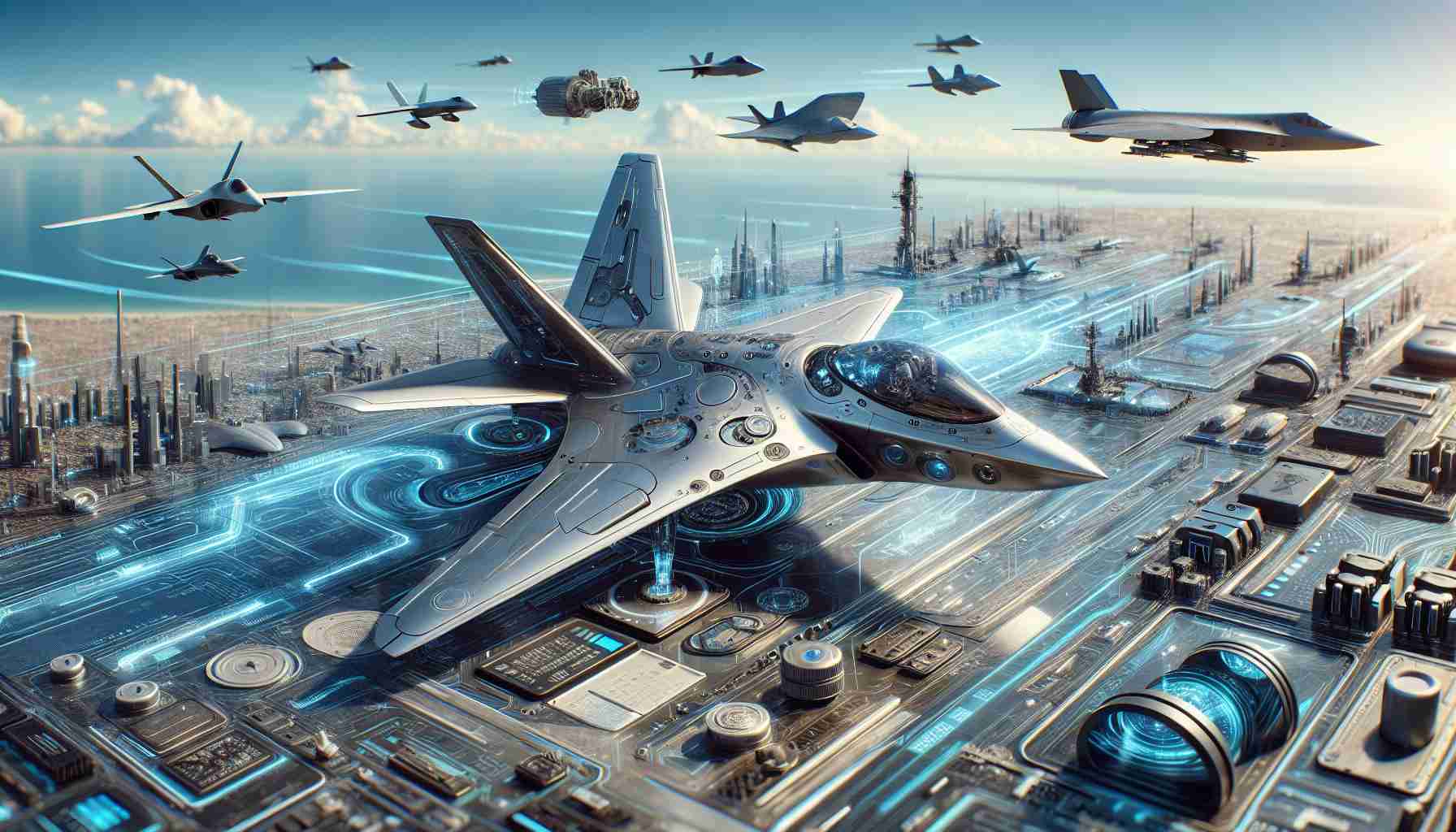The United States Air Force’s venture into the realm of AI-powered warplanes represents a groundbreaking shift in the landscape of air warfare. With a focus on a fleet of over 1,000 autonomously operated drones as the cornerstone of its air combat strategy, the Air Force is signaling a bold embrace of cutting-edge technology. This commitment is underscored by Air Force Secretary Frank Kendall’s upcoming personal test of one of these state-of-the-art AI-operated warplanes.
Drone warfare has swiftly transitioned from a peripheral contributor to a potent weapon in its own right. Drones have entrenched themselves in various conflicts, from the Ukrainian theater to the turbulent Middle East, where both state and non-state actors harness their capabilities. In Ukraine, Russian drones present a persistent menace to civilians, while locals have taken on the task of crafting their own drones for intelligence-gathering purposes. Simultaneously, Iranian-backed factions in the Middle East have leveraged sophisticated drones to strike U.S. military installations and commercial vessels in the Red Sea.
For years, the Air Force has been meticulously crafting its vision for a collaborative combat aircraft (CCA) fleet, a fusion of manned jets and AI-driven drones operating in harmony. At the core of this concept is the idea of a solo piloted jet leading a squadron of responsive drones, termed “loyal wingmen.” While details regarding the drone fleet remain shrouded in secrecy, the overarching goal is to construct a diverse array of drones tailored to a spectrum of mission requirements, spanning from full-scale warplanes to compact specialized platforms.
A primary impetus driving the Air Force’s immersion in drone technology is the evolving dynamics of modern warfare, particularly in the context of potential confrontations with powers like China. China’s advancements in anti-access systems have escalated the risks associated with deploying manned aircraft near their borders. By integrating drone aircraft into its arsenal, the Air Force aims to bolster its capacity to surmount these formidable defensive capabilities. Drones are poised to play pivotal roles in missions such as surveillance and electronic warfare, empowering the Air Force to assert its superiority in future conflicts.
Beyond their tactical benefits, the Air Force anticipates that drone warfare will offer substantial cost-efficiency relative to the development of new manned aircraft. Secretary Kendall has articulated a strategic vision to slash the cost of each drone to approximately a quarter to a third of the current price of an F-35 fighter jet, which typically hovers around $20 million per unit. This economic advantage will enable the Air Force to amass a sizable fleet of drones, harnessing their versatility to ensure readiness across diverse potential scenarios.
Frequently Asked Questions (FAQ)
The source of the article is from the blog portaldoriograndense.com
